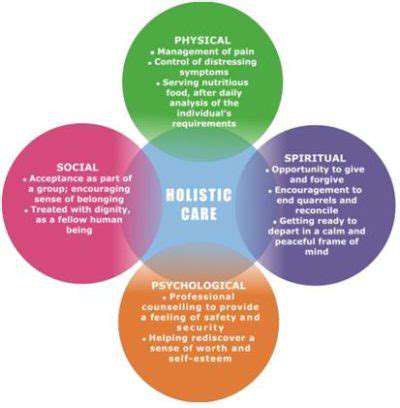Various Types and Symptoms of OCD: A Comprehensive Overview
Common Types of Obsessions and Compulsions
Common Obsessive Thoughts
Obsessive thoughts, a hallmark of OCD, often revolve around a perceived threat or danger. These thoughts can be intrusive and unwanted, causing significant anxiety and distress. Individuals experiencing this might find themselves repeatedly fixated on concerns about contamination, harm to themselves or others, symmetry, or specific numbers. They might struggle to dismiss these thoughts, even when they recognize them as irrational.
A common theme is the fear of losing control. The intrusive thoughts might feel uncontrollable, leading to a desperate need to perform compulsions to alleviate the anxiety they generate. These thoughts are not simply worries; they are persistent, recurring, and cause significant distress, interfering with daily life.
Contamination Obsessions
A pervasive fear of contamination is a frequent obsession in OCD. This might involve an intense fear of germs, dirt, or other perceived contaminants. Individuals with this type of OCD may meticulously avoid touching public surfaces, wash their hands excessively, or meticulously clean their surroundings, often to the point of exhaustion and disruption to their daily routines. The fear of contamination is often accompanied by a belief that the contamination will lead to serious illness or harm.
Symmetry and Order Obsessions
An intense need for things to be perfectly symmetrical or ordered is another common obsession. This can manifest as a compulsion to arrange objects in specific patterns, repeat actions a certain number of times, or meticulously check and recheck tasks. The individual might experience significant distress if their environment or tasks aren't precisely aligned or ordered. This obsessive need for order can severely impact daily activities, relationships, and overall well-being.
Harm Obsessions
Obsessions focused on harm, either to oneself or others, are particularly distressing. These thoughts might involve fears of causing harm, fears of being harmed, or fears of experiencing a specific misfortune. The anxiety associated with these thoughts can be overwhelming, leading to significant emotional distress and potentially dangerous behaviors. For example, an individual might obsessively worry about harming a loved one, driving them to perform compulsions to neutralize the fear.
Relationship Obsessions
Obsessions related to relationships can be complex and often center on fear of causing harm to loved ones or feeling inadequate in their relationships. These obsessive thoughts can involve worries about being rejected, abandoned, or not measuring up to expectations. The individual may struggle to trust others, leading to isolation and strained relationships. The fear of messing up in a relationship or causing problems can be a relentless source of anxiety and distress.
Religious Obsessions
Religious obsessions involve intrusive and unwanted thoughts or images related to religious themes. These thoughts may involve doubts about religious beliefs, fears of committing a sin, or concerns about the consequences of not adhering to religious practices. The anxiety stemming from these obsessions can be profound, leading to a need for reassurance or compulsive behaviors to alleviate the distress. These obsessions can severely impact the individual's spiritual well-being and daily life.
Aggressive Obsessions
Aggressive obsessions involve intrusive thoughts of harming oneself or others. These thoughts can be disturbing and frightening, often leading to a strong need for compulsions to neutralize the anxiety. The fear of acting on these aggressive impulses can be paralyzing, and the individual might experience significant distress and isolation due to these obsessions. Understanding the nature of these thoughts and seeking appropriate professional support is crucial for managing this type of OCD.

